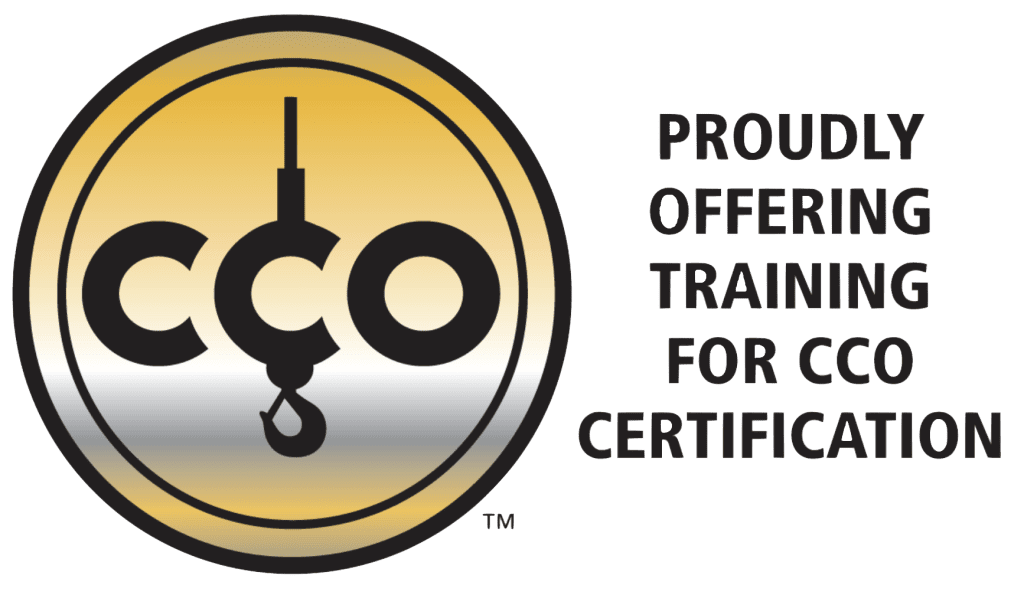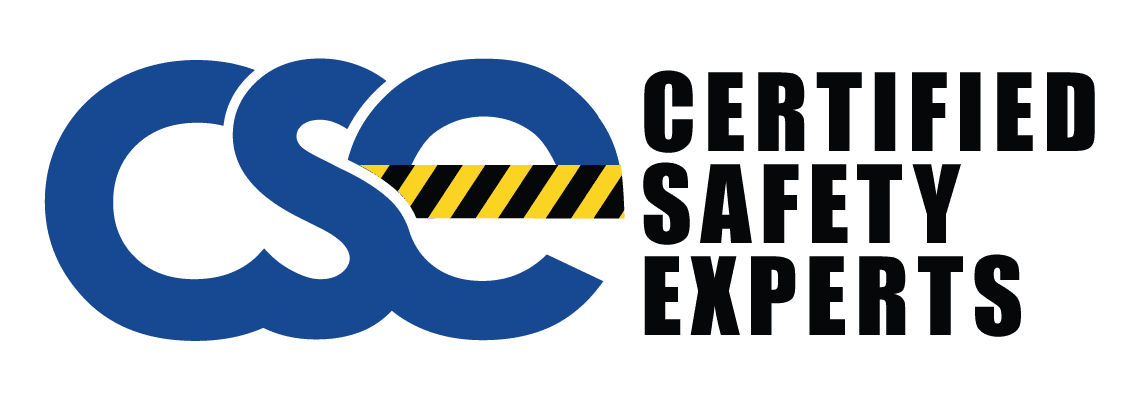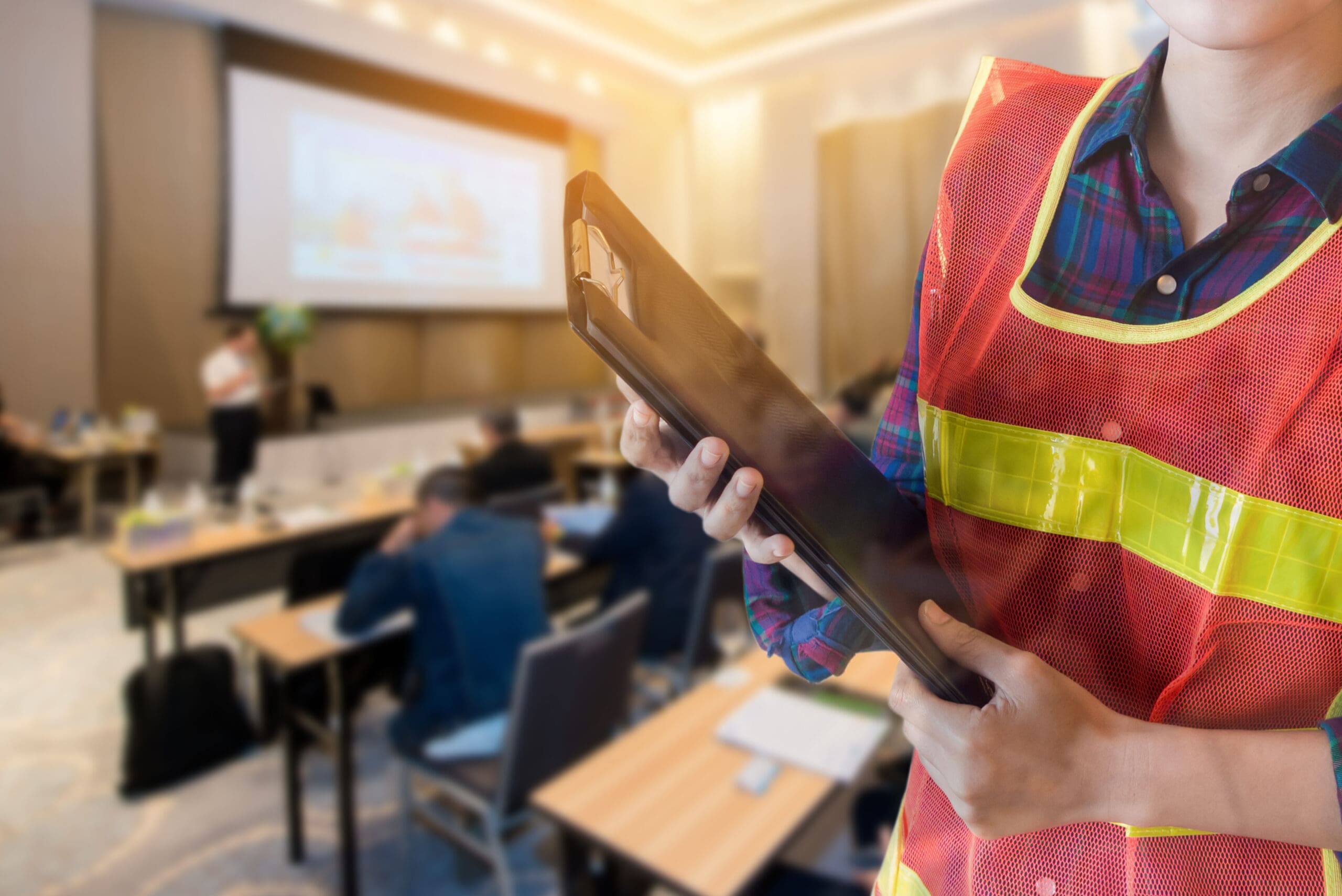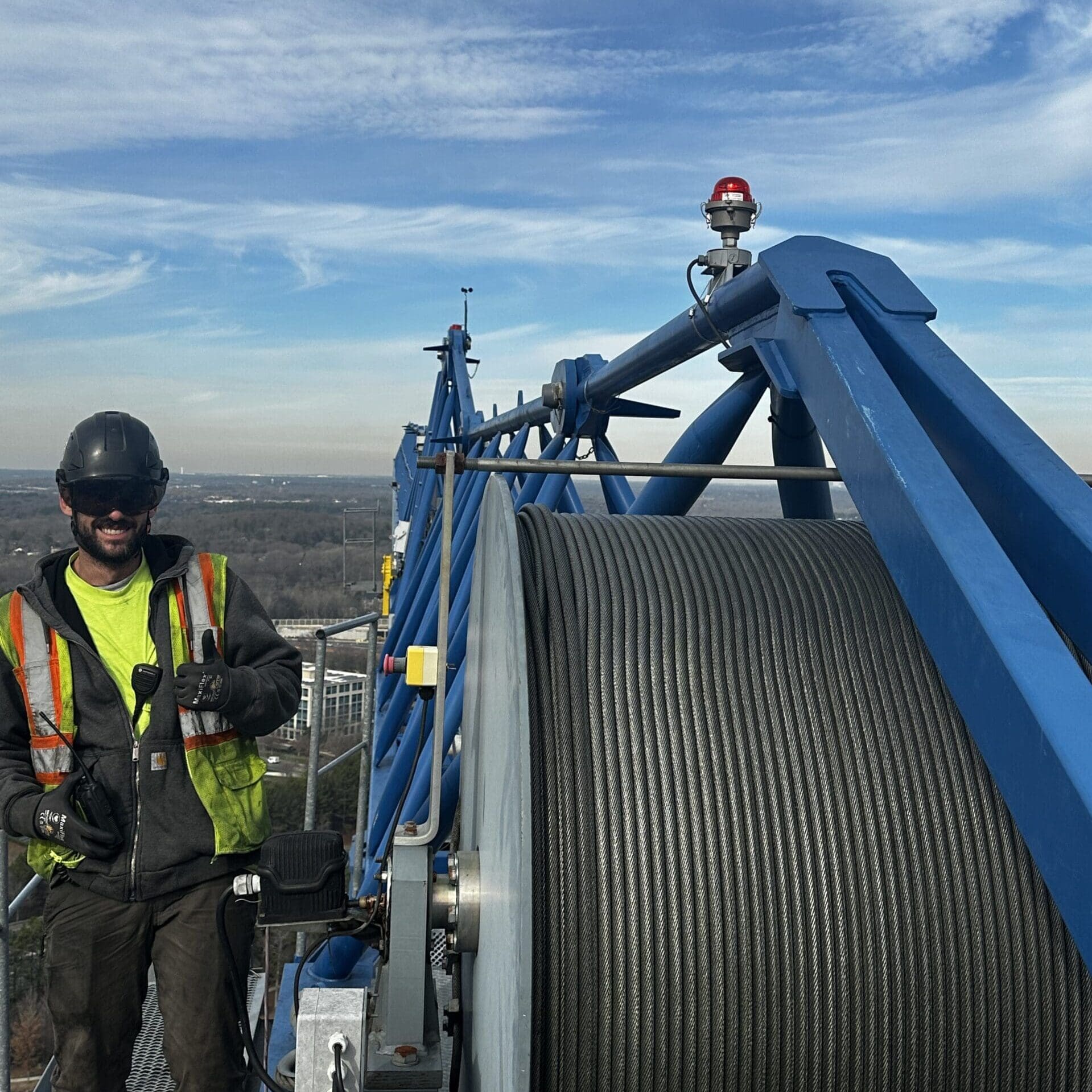Construction sites have risks, so construction safety is very important. A construction safety expert helps make sure that safety rules and standards are followed, providing crucial guidance and expertise to ensure construction site safety. They also work to reduce accidents and create a safe place to work. As construction projects become more complex, the need for expert help grows. This helps avoid accidents and legal problems. By using their knowledge and the best industry practices, construction safety experts protect workers and ensure the project stays on track and follows the rules.
The Critical Role Of Construction Safety Experts
Construction safety experts are very important for keeping safety standards at construction sites. These professionals know a lot about the rules and best practices in the industry, particularly in the United States. They help make sure that everything follows OSHA regulations and other safety guidelines. By checking for risks and giving expert opinions, they can spot potential dangers. This helps to stop accidents and reduce risks. Their expertise not only keeps workers safe but also helps companies avoid legal issues and lawsuits related to personal injuries. This shows just how essential their role is in creating a safe construction environment.
Understanding The Responsibilities Of A Construction Safety Officer
A construction safety officer is important for keeping the work area safe. They check the site often to find hazards and make sure safety rules are followed. They also teach workers how to stay safe on the construction site. Their knowledge helps reduce risks and follows the rules to lower accidents. This work leads to a safer and more secure place for everyone in the construction industry.
Key Qualifications And Skills Of Effective Safety Officers
Strong construction safety officers know a lot about safety practices, industry standards, and OSHA regulations. Good communication skills are very important for sharing safety rules with workers. Being able to solve problems helps to fix safety issues quickly. Paying attention to details makes sure that risk checks are thorough and that rules are followed. Leadership qualities help build a culture of safety on construction sites. Officers must be adaptable to changes in regulations and new technology to keep up in construction safety. These skills are crucial for making sure the workplace is safe in the construction industry.
Core Areas Of Focus For Safety In Construction
Implementing thorough risk assessment methods is key to construction safety. By looking for possible dangers and creating plans to reduce them, safety officers can lower risks on-site. Following safety rules and meeting OSHA regulations helps ensure a safe workplace. Moreover, regular safety training and education keep workers updated on best practices. This builds a culture where safety matters and everyone is responsible. Focusing on these main points promotes a smart approach to construction safety.
Implementing Comprehensive Risk Assessment Protocols
Effective construction safety experts are great at using detailed risk assessment methods. They carefully check for possible dangers at construction sites. By finding these risks, they create plans to reduce them. Safety officers use their skills to look at data and follow industry standards. They make sure every part of a construction project is checked for safety. Using these strong risk assessment methods helps meet rules and promotes a positive way to avoid accidents on construction sites.
Safety Standards And Compliance: A Closer Look
Safety standards and compliance in construction are very important for keeping a safe work environment. It is vital to follow OSHA regulations, industry standards, and construction regulations. Following these rules helps prevent legal issues, injury claims, and money problems. Safety officers are crucial in keeping these standards. They carry out regular checks and reviews to reduce risks. By keeping a close eye on safety rules, construction sites can lower dangers and make a safer place for all workers.
The Importance Of Ongoing Safety Training And Education
Continuous safety training and education are very important in the construction industry. They help maintain high construction safety standards. By learning new things all the time, workers keep up with the latest safety rules, how to spot dangers, and what to do in emergencies. This ongoing training not only improves job performance but also lowers the chances of accidents and helps meet strict rules. Focusing on regular safety training helps build a culture where safety matters. This makes the workplace safer for everyone.
Technology And Tools For Enhanced Construction Safety
Incorporating new technology and tools is important for improving construction safety. Drones can inspect sites, and wearable devices can check workers’ health. These improvements help keep the construction site safe. Using Building Information Modeling (BIM) software helps us see possible risks before building starts. Real-time monitoring systems also improve safety on-site. Adding these technologies not only helps meet OSHA regulations but also reduces risks at the construction site.
Leveraging Technology For Better Safety Compliance
Construction safety experts use new technology to make construction sites safer. They use digital tools like wearables, drones, and AI monitoring systems. These tools help check for risks in real-time and allow for quick actions when needed. By using these new methods, safety officers can find possible dangers before they cause accidents. This helps create a safer place to work. Using technology also helps meet OSHA regulations and shows a strong commitment to high safety standards in the industry.
Must-Have Safety Equipment And Tools For Every Site
Personal protective equipment (PPE) like hard hats, gloves, and reflective vests is very important for keeping workers safe at construction sites. Fall protection gear, such as harnesses and safety nets, help stop accidents when people are working up high. Fire extinguishers and first aid kits are needed for quick help during emergencies. Tools like dust masks and ear protection keep workers safe from problems with breathing and hearing. Using this safety equipment is key to making sure there is a safe working environment that meets industry standards.
Creating A Safety-First Culture In Construction Projects
Strategies to create a safety-first culture on construction sites are very important. Getting workers involved in safety practices through regular training and taking part in safety rules is essential. Also, leaders play a big part in promoting safety by having clear expectations and leading by example. When everyone, from management to workers, puts safety first, it makes a work environment where safety practices become part of daily work. This can help lower the chance of accidents and injuries.
Strategies For Engaging Workers In Safety Practices
Encouraging workers to join in safety practices is very important for a safe construction site. Holding training sessions where employees can actively find possible hazards helps create a culture of shared responsibility. Also, giving rewards for following safety rules can motivate workers to keep safety in mind all the time. By promoting open conversations and recognizing those who care about safety, construction sites can build a strong safety culture that helps everyone.
The Role Of Leadership In Promoting Safety
Effective leadership is very important for building a culture of safety at construction sites. Leaders create the overall mood, set clear expectations, and focus on safety practices. When leaders show they care about safety, their team members are motivated to do the same. Key parts of leadership in ensuring construction safety include clear communication, leading by example, and giving necessary resources. Leaders who make safety a priority help form a workplace where safety practices are part of the everyday process.
Conclusion
Certified Safety Experts are very important for keeping workers safe on construction sites. Their knowledge of industry standards, OSHA regulations, and risk assessment is essential for preventing accidents and avoiding legal issues. By creating a culture that prioritizes safety through training and new technology, construction projects can improve safety practices and reduce the chance of personal injury lawsuits. Following the advice of construction safety experts is crucial for creating a safe and legally compliant work environment. Reach out to them today!




